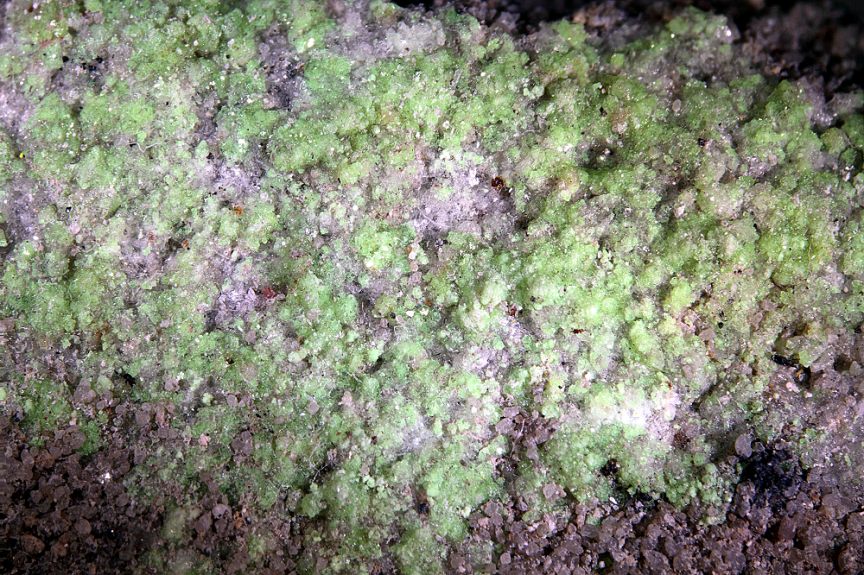Over 200 previously unknown minerals have been uncovered over the course of the last few centuries, and the biggest force behind these discoveries has been none other than the mining industry.
Of the 5,208 mineral species officially recognized by the International Mineralogical Association, 208 have been discovered as a result of human activities, according to a recent paper published by American Mineralogist. What’s more, the paper suggests that no industry has played a bigger part in these “groundbreaking” discoveries than mining.
Mining for Minerals
While all forms of mining help unearth new materials, some activities have proven more productive than others. Ore dumps have been identified as one of the most common sites for new mineral discovery, and that’s largely due to their unique conditions. Forming on tunnel or smelter walls, in mine water, timbers, geothermal piping systems, and even on storage cabinets, these new minerals often result from activities like the weathering of slag or mine fires.
Other minerals that don’t appear on the earth’s surface are most closely identified with uranium mines. In one case, andersonite was discovered at a uranium mine in Arizona in 1948. Rich with crystals, andersonite is formed from sandstone that glows fluorescent green under a blacklight.
Not every one of these newer minerals is a direct product of human activity. Some were spotted on the surfaces of bronze, lead, or tin artifacts in countries as far apart as Canada and Tunisia after initially being discovered underground. Many of these minerals, however, were indirectly shaped by human activity, as events like shipwrecks and prehistoric sacrificial burning ceremonies introduced metals into foreign environments, setting the stage for chemical reactions that simply couldn’t have occurred in the past.
Quick Discoveries
These minerals were discovered much more quickly than any naturally occurring minerals on the earth’s surface — it took nearly 4.5 billion years for certain elements to combine on Earth to create most of the minerals we recognize today. By comparison, those resulting from human activities only came into existence starting in the 1700s.
The American Mineralogist predicts that the rapid pace of these discoveries will only continue in the coming centuries. Comparing them to the Great Oxidation that took place two billion years ago, the paper’s authors believe that the last 300 years were “an era of unparalleled inorganic compound diversification.” In addition to the unique mineral combinations that are formed as a result of mining activities, the authors note that waste dumps containing items like electronics and batteries will likely lead to new formations as the materials age and weather, or as they’re introduced to new conditions.
No Time Like the Present to Mine
If these activities are to continue, mining companies must ensure their operations remain efficient and productive. With over 40 years of experience in the industry, Midwest Industrial Supply, Inc. has the requisite knowledge and expertise to help these companies control fugitive dust on worksites that reduces maintenance costs and keeps operations moving at peak efficiency. To do so, we work closely with our clients to develop customized dust control treatment plans backed by proven products and solutions.
When applied correctly, our patented synthetic dust suppressants like EK35® can trap fines and surface particles and lock them into the surface, creating a protective sealant in the process.
Non-toxic, non-corrosive, and non-flammable, the product is an environmentally friendly, efficient solution to all of your dust control needs.


